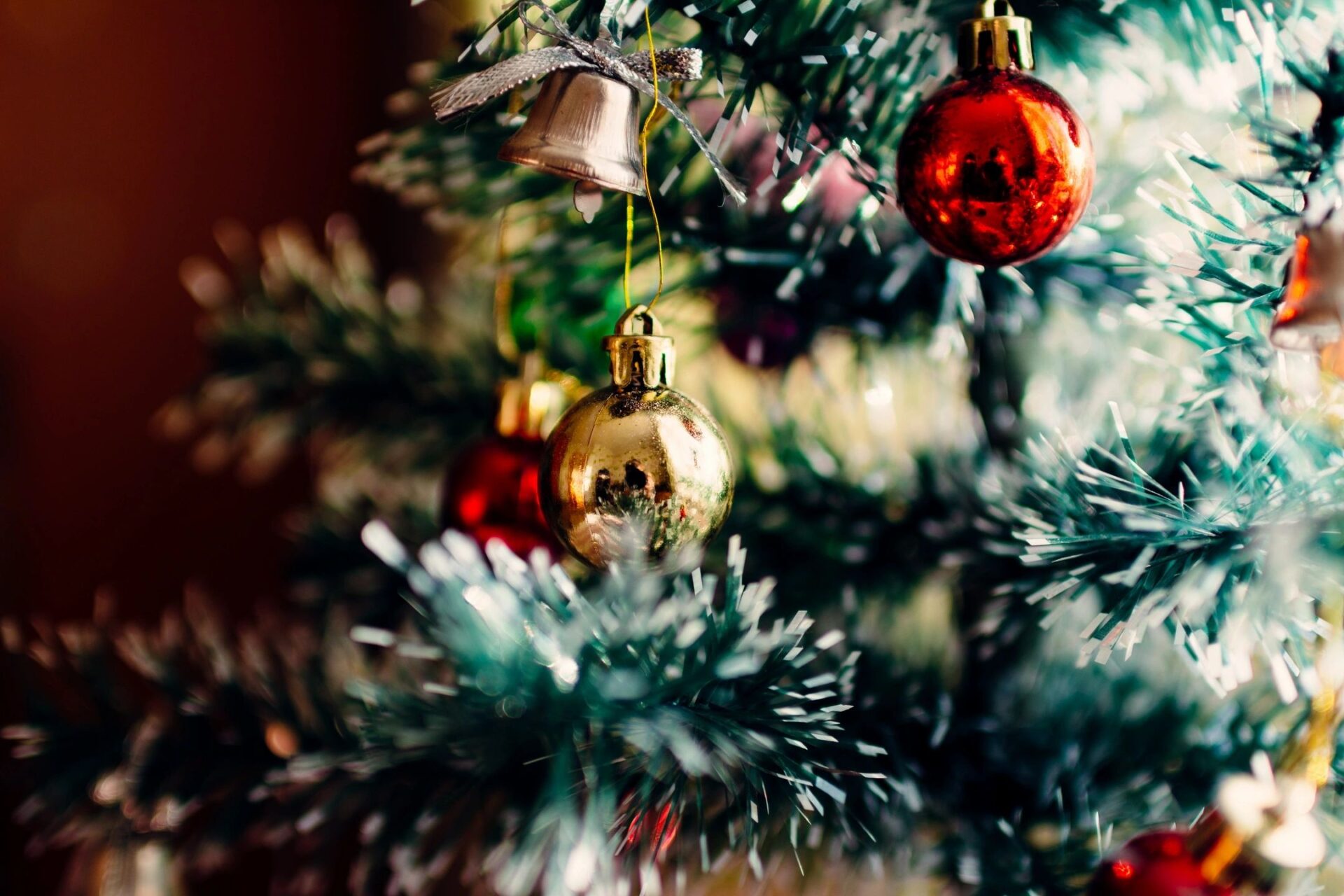The lifespan of a Christmas tree hinges on the care it receives after being brought home. With the right attention, a fresh tree can stay vibrant and lush for four to five weeks, making it through the holiday season without becoming a brittle, needle-shedding disaster. However, neglect can quickly turn your holiday centerpiece into a dried-out eyesore. To keep your tree looking festive and full of life, following a few straightforward maintenance tips is essential. This process begins with choosing the right tree and ensuring it gets the hydration it needs.
Selecting a healthy tree is the foundation of a long-lasting display. Trees with minimal brown needles are generally a better choice, and testing for freshness is simple. Gently run your hand along a branch—if only a few needles fall off, the tree is in good condition. The needles should feel soft and flexible rather than dry and brittle, though certain varieties like spruces naturally have stiffer, sharper needles. Starting with a fresh, healthy tree makes all the difference in how well it will hold up through the season.
Watering is by far the most crucial factor in keeping a Christmas tree alive and fresh. As soon as you get the tree home, place it in water to prevent dehydration. A stand with a large water reservoir is ideal to keep the trunk submerged. Enhancing the water with a mix of sugar and vinegar can provide additional benefits. The sugar nourishes the tree and preserves the sap, while vinegar helps stabilize the water’s pH and reduces the risk of rot or bacterial growth. Check the water level daily, as trees can lose moisture quickly in warm indoor environments.
Timing is also critical, especially if you’re cutting the tree yourself. Once cut, sap begins to seal the trunk within hours, which can block water absorption. To ensure the tree stays hydrated, it needs to be placed in water within eight hours of cutting. For pre-cut trees, ask the seller to trim a small slice from the trunk before you leave, as this will reopen the tree’s ability to absorb water. Avoid shaving down the outer layers of the trunk to make it fit your stand, as these layers are crucial for taking in water. Instead, opt for a larger stand that accommodates the tree’s natural size.
Proper care not only enhances the tree’s appearance but also reduces the risk of it becoming a fire hazard. A well-watered tree is less likely to dry out and become flammable, ensuring safety as well as beauty. By selecting a fresh tree, maintaining consistent hydration, and avoiding common pitfalls like over-trimming the trunk, your Christmas tree can remain a stunning, fragrant centerpiece throughout the holidays. With a little effort and attention, it will bring warmth and joy to your home all season long.


